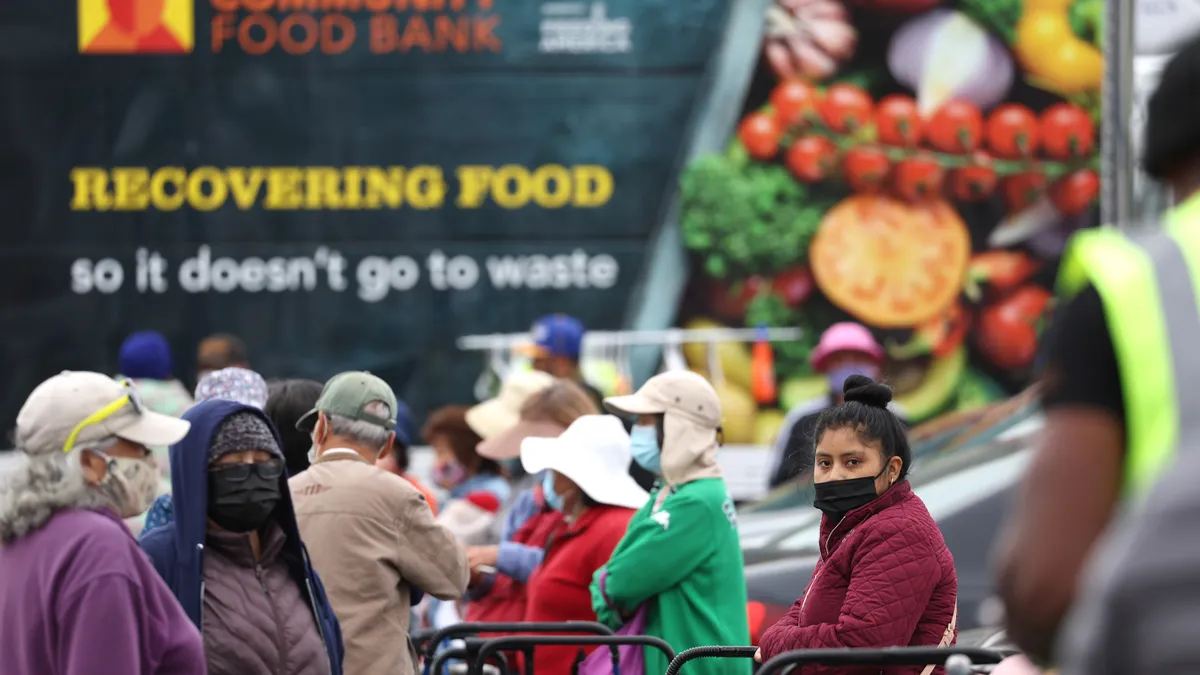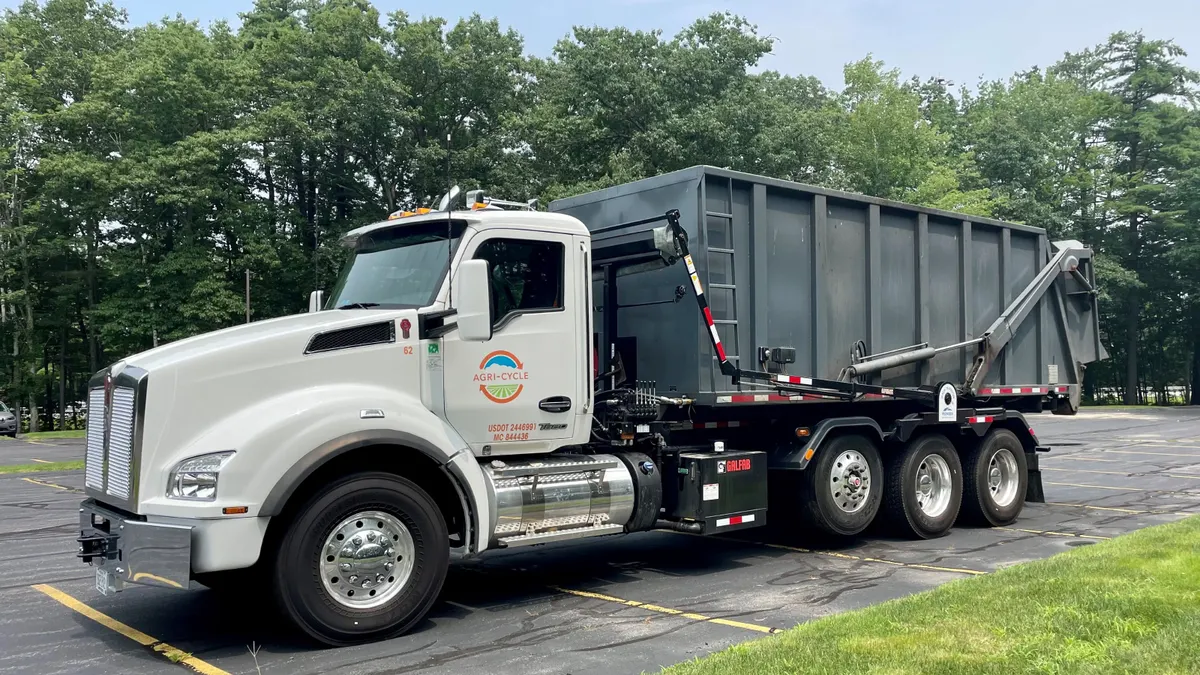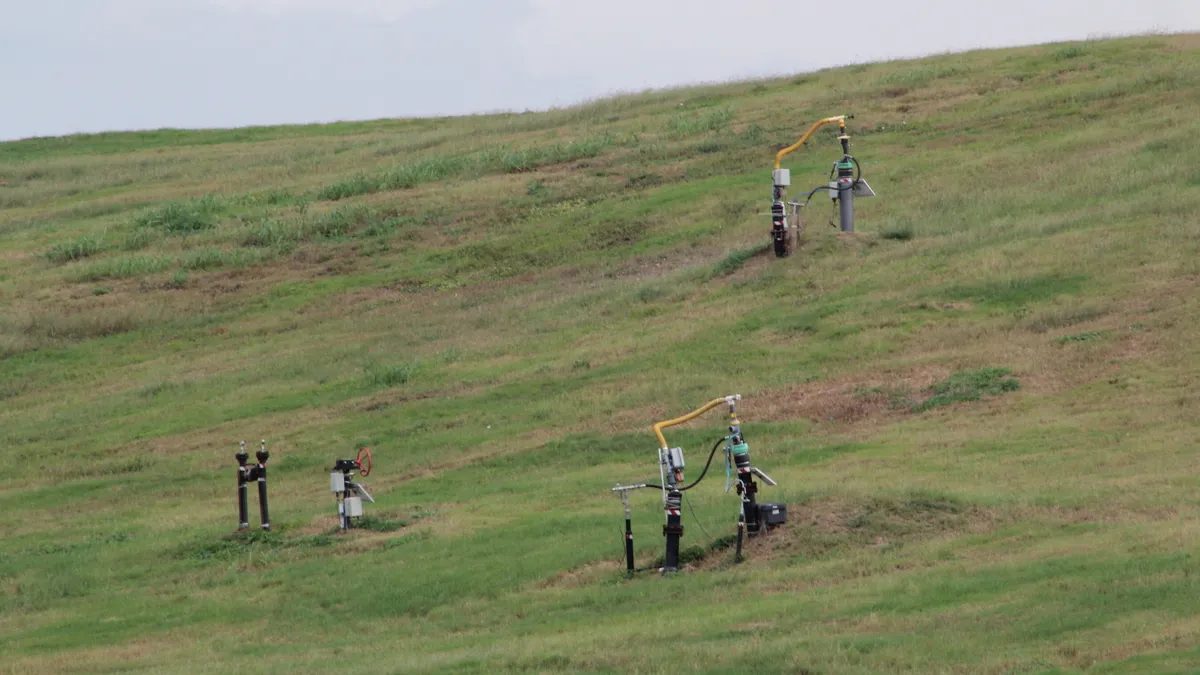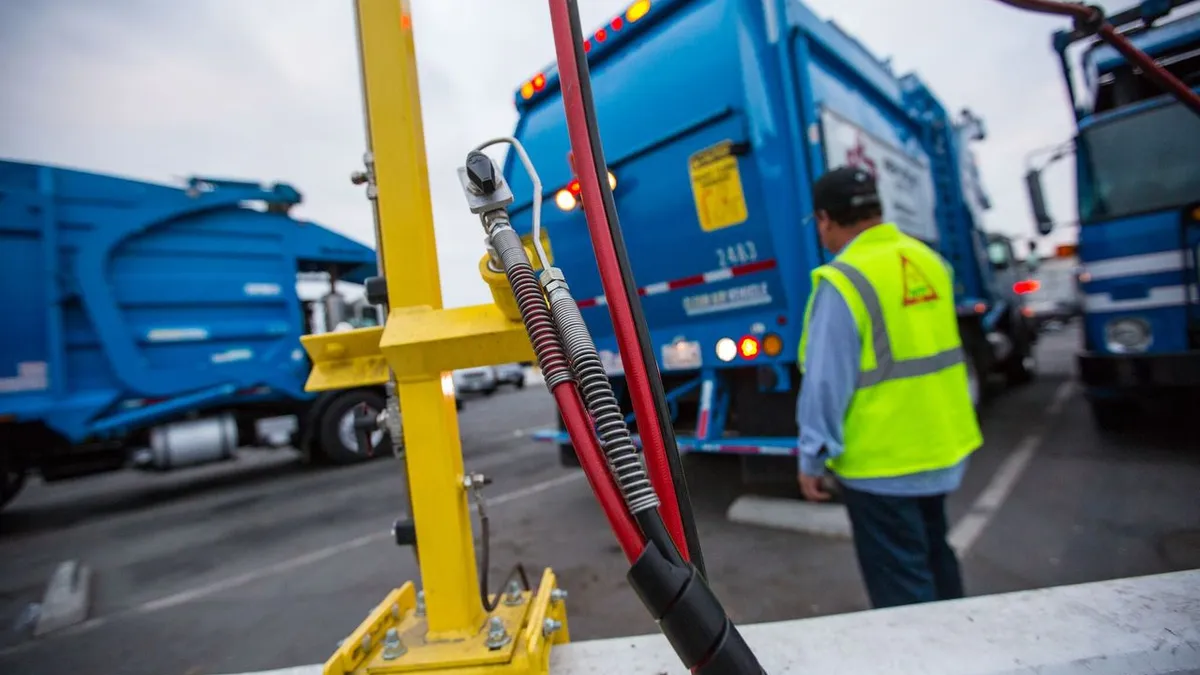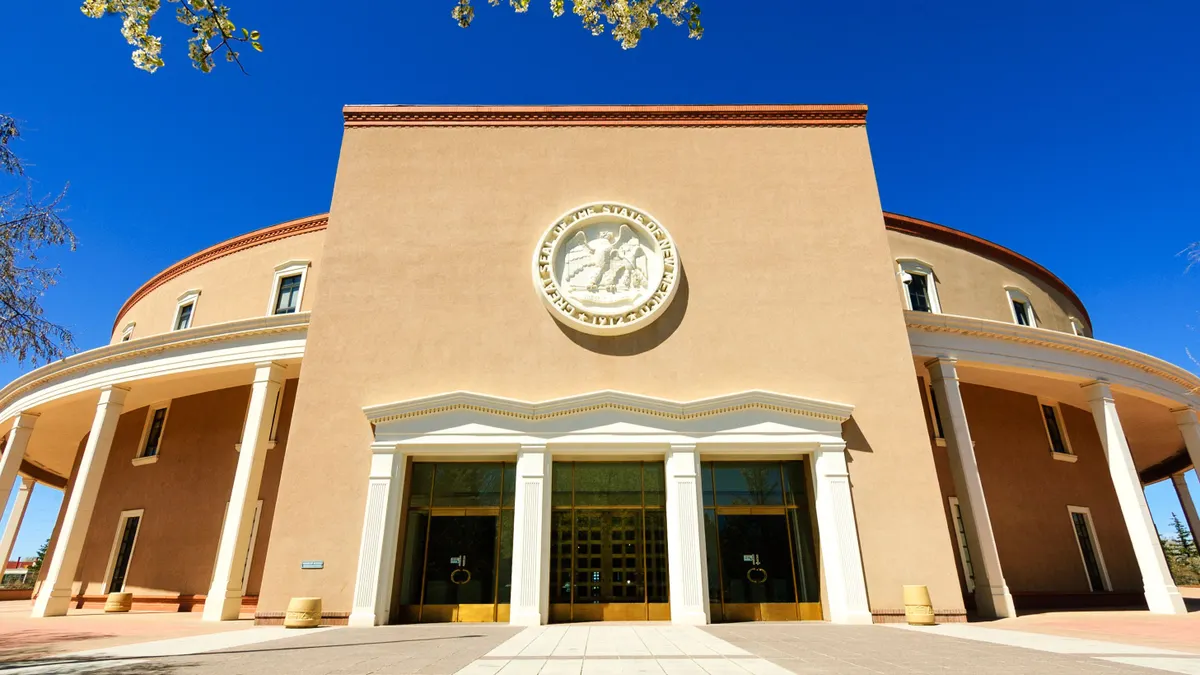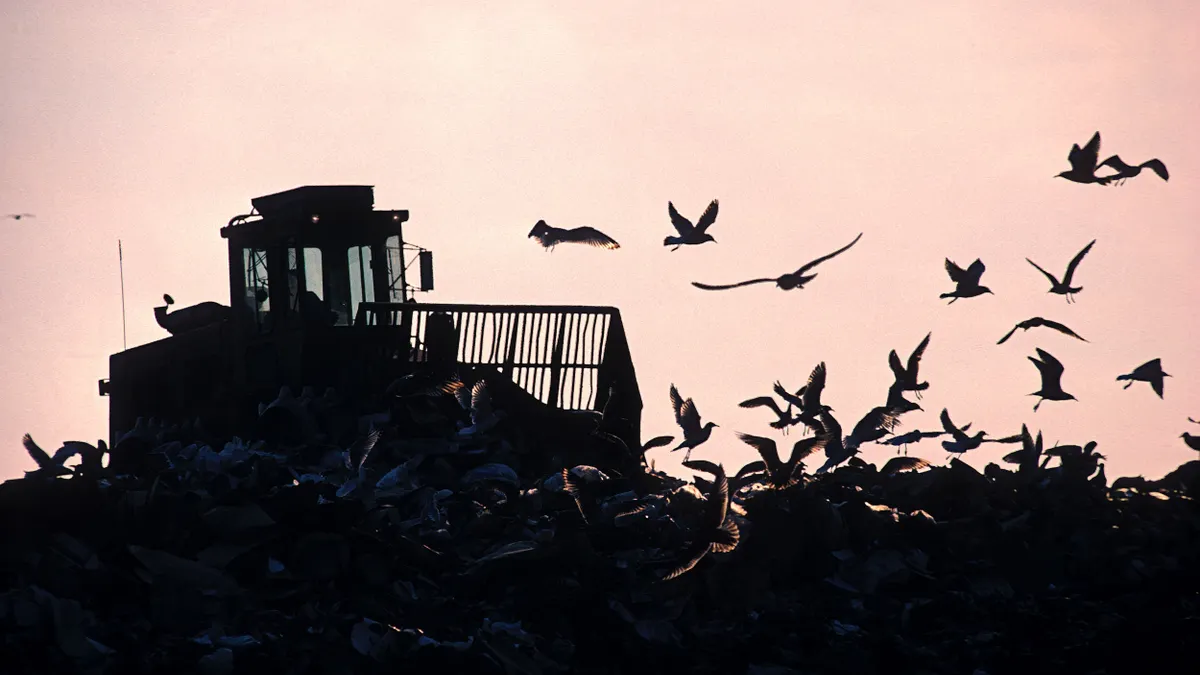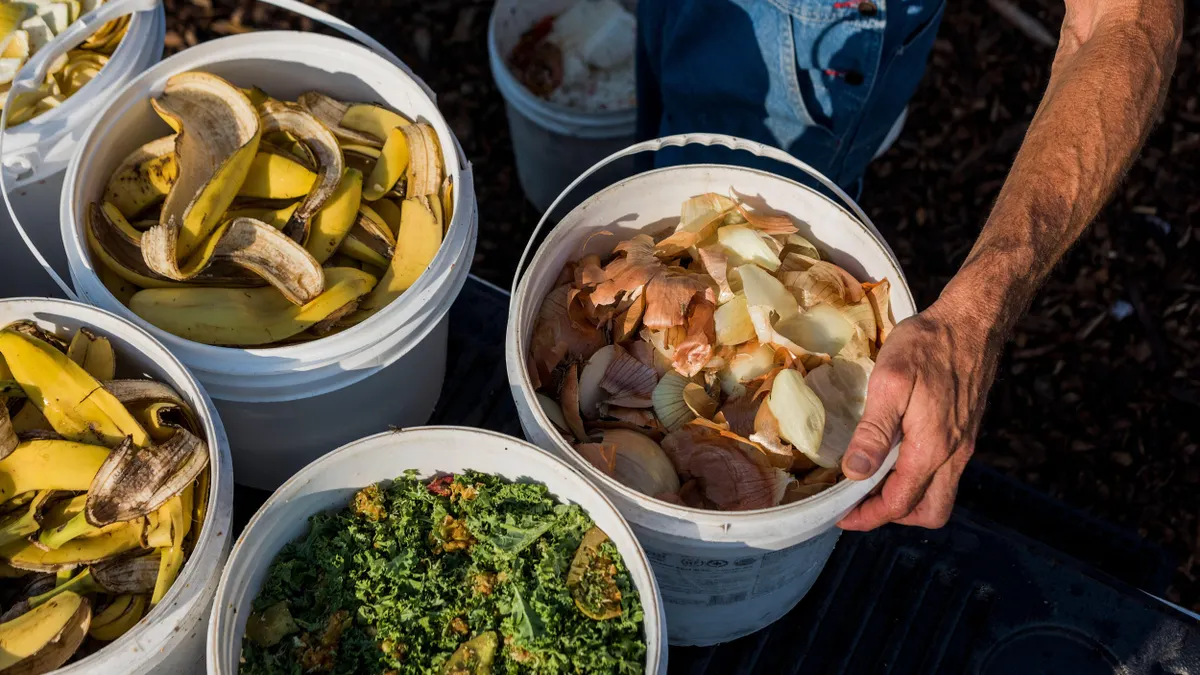Implementing California’s landmark organics recycling law, SB 1383, has been a tectonic effort for municipalities large and small throughout the state. That’s especially true when it comes to a target of reducing the state’s total edible food waste 20% by 2030.
Waste professionals think this facet of the law could become a powerful lever for mitigating climate change. For example, ReFED estimates that donating one ton of retail food waste has a greenhouse gas emissions effect nearly seven times smaller than if that same material were composted. It could also meaningfully address food insecurity across California by supercharging the volume of donations that food recovery organizations receive, offering the potential to tackle two of the most pressing challenges the Golden State faces.
But for local jurisdictions across the state, implementing the edible food regulations means reaching outside their traditional networks and skill sets to build new relationships with food generators, food recovery organizations, and other stakeholders. In building the scaffolding and legal frameworks for implementing the edible food recovery regulations, they have partnered with government agencies, passed local ordinances, developed memoranda of understanding and started new contracts. This has presented unexpected challenges as well as serendipitous, mutually beneficial alliances.
| Deadline | Stakeholders | Requirements | Hurdles |
|---|---|---|---|
| Jan. 1, 2022 | Tier 1 food generators: Large retailers, food service distributors and wholesale vendors | Written agreements with food recovery organizations. Systems for tracking and verifying food donations in compliance with food handling and safety laws. | Working with disparate food recovery organizations serving communities with different needs and cultures. Educating and solidifying relationships with food generators. |
| Jan. 1, 2024 | Tier 2 food generators: Large restaurants and hotels |
Written agreements with food recovery organizations. Systems for tracking and verifying food donations in compliance with food handling and safety laws. | Introducing prepared meals with temperature management requirements. A significant increase in donation of perishable food. |
Building infrastructure
To meet the SB 1383 implementation milestones, some local governments and waste authorities are building nonprofit partnerships while others are contracting with new service providers. Whether building regional or intra-agency partnerships, all efforts require coordination, effective communication, creativity and systems-building.
Because it’s an unfunded mandate, SB 1383 is also forcing jurisdictions to use their operating budgets, grant programs, or other pathways — such as fees collected from food generators who fail to meet the donation requirements — to fund implementation and inspections.
Despite having a landmark zero-waste policy, with a long-standing focus on food waste, meeting the law’s edible food recovery requirements has even been a big lift in San Francisco. Kelly Gaherty, the commercial zero waste assistant coordinator with the local Department of the Environment, leads implementation in this area.
“I would say that several months ago, it was more than half of my role,” she said. “It’s super time consuming because you're building out infrastructure, you're building out reporting, you're building out educational resources.”
To bring Tier 1 food generators in San Francisco up to speed, Gaherty and her team launched an education campaign in October 2021, which continues through calls, site visits, email blasts and mailers. Providing technical assistance and education to key contacts has been a real challenge, she said, given a high rate of turnover among food service employees. Plus, not all points of contact are native English speakers and may require translators or translated materials.
Gaherty said honing communications skills and learning the best ways to convene and negotiate with disparate stakeholders helped her in meeting milestones. By the end of 2022, the city completed more than 100 inspections of Tier 1 food generators, through partnerships with the city’s health department (or with contractors, for Tier 1 food generators that are inspected by the state’s health department).
San Bernardino County has adopted an ordinance that makes edible food recovery, in compliance with SB 1383, a requirement of food handling permits. John Davis, administrator of the Mojave Desert and Mountain Recycling Authority, said the requirement makes sense because the local health department already has a relationship with food generators and recovery organizations. “They're at the generator. They're in the kitchen,” he said, noting that other jurisdictions around the state are also taking this approach.
One of those is Alameda County in the San Francisco Bay Area, where the local health department is taking on inspections of Tier 1 and Tier 2 food generators that hold food permits, said Cassie Bartholomew, program manager at StopWaste. The joint powers authority developed and manages the relationship between its member agencies, the health department and local governments.
New partnerships
When it comes to working with food recovery organizations, each jurisdiction has unique challenges and opportunities.
“We’re working to develop stronger relationships with food recovery organizations, while also not stepping on their toes,” said Gaherty. “This was an unregulated area before and now we're saying, ‘Hey, you need to go do all this stuff for us and you need to collect from all these [generators].’”
That said, the onus on food recovery organizations — in terms of requirements such as tracking the weight of food, and entering into formal written agreements with the edible food generators — is significant. Two ways local governments are seeking to alleviate that burden is through administering grant programs to support pilot programs and equipment purchases, as well as supporting tools such as mobile-friendly tracking apps.
StopWaste facilitates a group called the Alameda County Food Recovery Network that works to ensure recovery organizations are not inundated with donations that are either on the verge of spoilage or are not culturally relevant to the communities they serve. The network is focused on directing donations to recovery organizations in ways that meaningfully address food insecurity and without overburdening them.
“Within the landscape of food recovery, there are so many different types of organizations that I think generally there's a fit for every donor, but it's not a one size fits all approach,” Bartholomew said.
All of the communities that the Mojave authority serves are below 80% of the state’s average median income, and Davis says local recovery organizations are well organized and focused on food insecurity.
The Mojave authority used its operating budget to contract a food bank called High Desert Second Chance, which acts as a clearinghouse for more than 100 other food recovery organizations, to conduct the reporting required by SB 1383. The food bank was already tracking much of the data the new law requires, making it a smooth implementation. Plus, High Desert Second Chance expanded its collaborative model to other parts of the Mojave region, so the JPA now has agreements in four of the five regions it covers.
The San Gabriel Valley Council of Governments contracted SCS Engineers to support edible food recovery compliance for SB 1383. SCS Engineers Vice President Michelle Leonard said their approach has been to collaborate with food recovery organizations in establishing reporting systems.
“They're the professionals. So we are working to help them to increase their capacity to distribute food. I think they will, in the long term, benefit because they're going to feed more people and that's their goal,” she said.
Long-term impact
Looking ahead to the next major stage, which will involve collecting edible food from Tier 2 generators such as large restaurants and hotels, implementation leaders are focused on sustainability and safety.
Mike Learakos, CEO of Abound Food Care — a nonprofit that works with public, private and nonprofit partners to eliminate food waste and food insecurity — said municipalities need to be keenly focused on safety.
“It is the most critical component to this entire food recovery endeavor,” he said. “My biggest fear is that all of this effort, everything we've tried to do for the last decade could be negated with one foodborne outbreak.”
Beyond the need to build safe, effective delivery systems, forge relationships and design sustainable funding models to ensure compliance, Gaherty wants to see SB 1383 have real impact on both greenhouse gas reduction and food insecurity.
What CalRecycle requires is that data be tracked and documented. But, she said, “the number one question we’re asking is: Are you recovering the maximum amount of edible food? That's an incredibly subjective question. How can you get to the bottom of that?”


